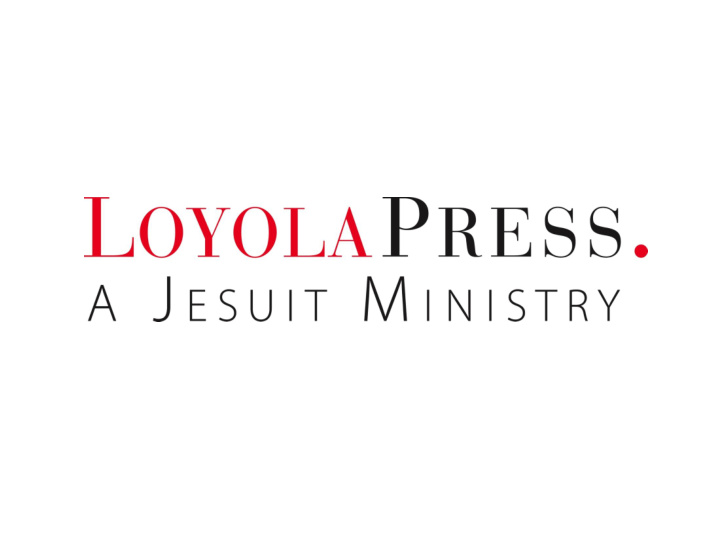



From Inclusion to Belonging
“Madonna and Child” by Andrea Mantegna c. 1480 80
Nancy Eisland
“I was assured [by others] that God gave me a disability to develop my character. But by age six or seven, I was convinced that I had enough character to last a lifetime. My family frequented faith healers with me in tow. I was never healed. People asked about my hidden sins, but they must have been so well hidden that even I misplaced them. The theology that I heard was inadequate to my experience.” ~Nancy Eisland
“My disability had taught me who I am and who God is.” “Without my disability, I would be absolutely unknown to myself and perhaps even to God.” ~Nancy Eisland
Jesus: The Disabled God
Henri Nouwen & Adam
“Adam had nothing to be proud of…He was completely empty…He needed full- time attention… Somewhere though I recognized that Adam’s way, the way of radical vulnerability, was also the way of Jesus.” ~Henri Nouwen
Sacrament of Unity
Intelligence: Josh
Athleticism: Caitlin
Faith: Jenny
“Jews demand signs and Greeks look for wisdom, but we preach Christ crucified …For God chose the foolish things of the world to shame the wise; God chose the weak things of the world to shame the strong. God chose the lowly things of this world and the despised things — those who count for nothing — to reduce to nothing those who are something, so that no one may boast before God.” ~1 Cor. 1:22-23, 27-29
Session One Table Conversations: 1. This morning we saw various images of God: Jesus as an infant with Down Syndrome (Andrea Mantegna paintings); God in a sip-puff wheelchair (proposed by theologian Nancy Eisland); Jesus as the broken Eucharist. How do these particular images challenge (or confirm?) your own image of God? What do these images have to teach us - about who God is and about what it means to be human? 2. Discuss what you think it means to be made “in the image of God.” Do you consider dependence and vulnerability to be important parts of this image - why or why not?
The Church: The Ark of Belonging “Belonging should be at the heart of a fundamental discovery: that we all belong to a common humanity, the human race. We may be rooted in a specific family and culture but we come to this earth to open up to others, to serve them and receive the gifts they bring to us, as well as to all of humanity.” ~Jean Vanier
Belo longin nging
Inclusion vs. Belonging Conformity Being Yourself Being Present Being Missed
MUSA
MATEUSZ
Session Two Table Conversations: 1. Have you personally witnessed or experienced the transition from inclusion to belonging in any sphere of your life (church, family, community, etc.)? What did true belonging feel or look like? (Try to use real-life examples if possible.) 2. What does/could “belonging” look like at your parish? How do your ministry programs conform (or not) to this notion of belonging? 3. What needs to change to facilitate greater “belonging” for those you work with?
Becoming the Ark of Belonging
Heart Knowledge over Head Knowledge
The words that are most important in life: “I love you, as you are. You are my beloved.” “To love is not to do things for people; it’s not to tell people what to do; it’s to reveal. What do we reveal? That you’re important...That there is something more important than what you do. It’s who you are.” ~Jean Vanier
Everyday Faith
Relationship-Based Ministry Being with vs. Working with
“To the Jews I became like a Jew, to win the Jews. To those under the law I became like one under the law…so as to win those under the law…To the weak I became weak, to win the weak. I have become all things to all people so that by all possible means I might save some.” ~Saint Paul (1 Cor. 9:20-22)
Recommend
More recommend